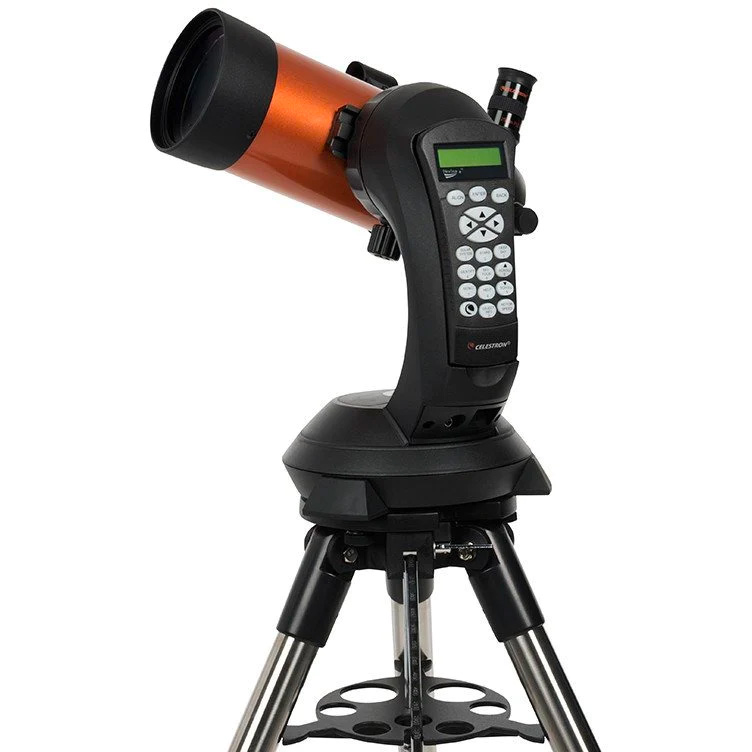The moon makes for an excellent guide to see Mars in the night sky tonight.
As the sun sets this evening (Feb. 9), the moon will be shining brightly in the east, 93% illuminated in its waxing gibbous phase, just three days before February’s full Snow Moon.
Just above the moon will be Mars, shining with a steady orange glow. Both the moon and Mars will be in the Gemini constellation, the Twins. Castor and Pollux, the two stars for whom the constellation is named, will shine just to the left of the pair.
TOP TELESCOPE PICK:

Want to see the moon or Mars up close in the night sky? The Celestron NexStar 4SE is ideal for beginners wanting quality, reliable and quick views of celestial objects. For a more in-depth look, see our Celestron NexStar 4SE review.
The pair will be easily visible to the unaided eye, and will be close enough to see together in binoculars. If weather doesn’t cooperate in your viewing area or you are unable to get out to see the moon and Mars together tonight, you can watch the close approach online thanks to a free livestream from the Virtual Telescope Project. The project’s livestream starts at 2:00 pm ET (1900 GMT) and can be viewed via the project’s website or YouTube channel.
In addition to appearing close to one another in the night sky tonight, the moon and Mars will be joined together in an arrangement known as a conjunction. A conjunction occurs when two objects share the same right ascension, the celestial equivalent of longitude.
Ultimately, this just means they appear close together in the night sky — but appearances can be deceiving. In reality, the moon and Mars will be separated by around 68 million miles (109 million kilometers).
Read more: February full moon 2025: See Mars disappear behind the Snow Moon
For some lucky skywatchers, Mars will actually disappear behind the moon before reappearing on the other side. This type of event is known as an “occultation,” from the Latin word “occultare,” meaning to hide or conceal.
Because the moon is so close to Earth relative to Mars, only certain parts of the world will be able to witness tonight’s occultation. Skywatchers in parts of northeast Canada, Greenland, Russia and central China will be able to get a glimpse of the event, according to In-the-Sky.org.
Want to keep ahead of more night sky events like this one? Don’t miss our night sky tonight blog for more upcoming events. And if you need a telescope or binoculars to see the moon or planets in the night sky up close, check out our guides for the best binoculars and the best telescopes to find options that work for you.
Be sure to also check out our guides for tips on how to photograph the moon, and how to photograph planets to help you capture spectacles like this one on camera.
Editor’s Note: If you snap a good photo of the moon near Mars and would like to share it with Space.com’s readers, send your photo(s), comments, and your name and location to spacephotos@space.com.
Article by:Source: brett.tingley@futurenet.com (Brett Tingley)















